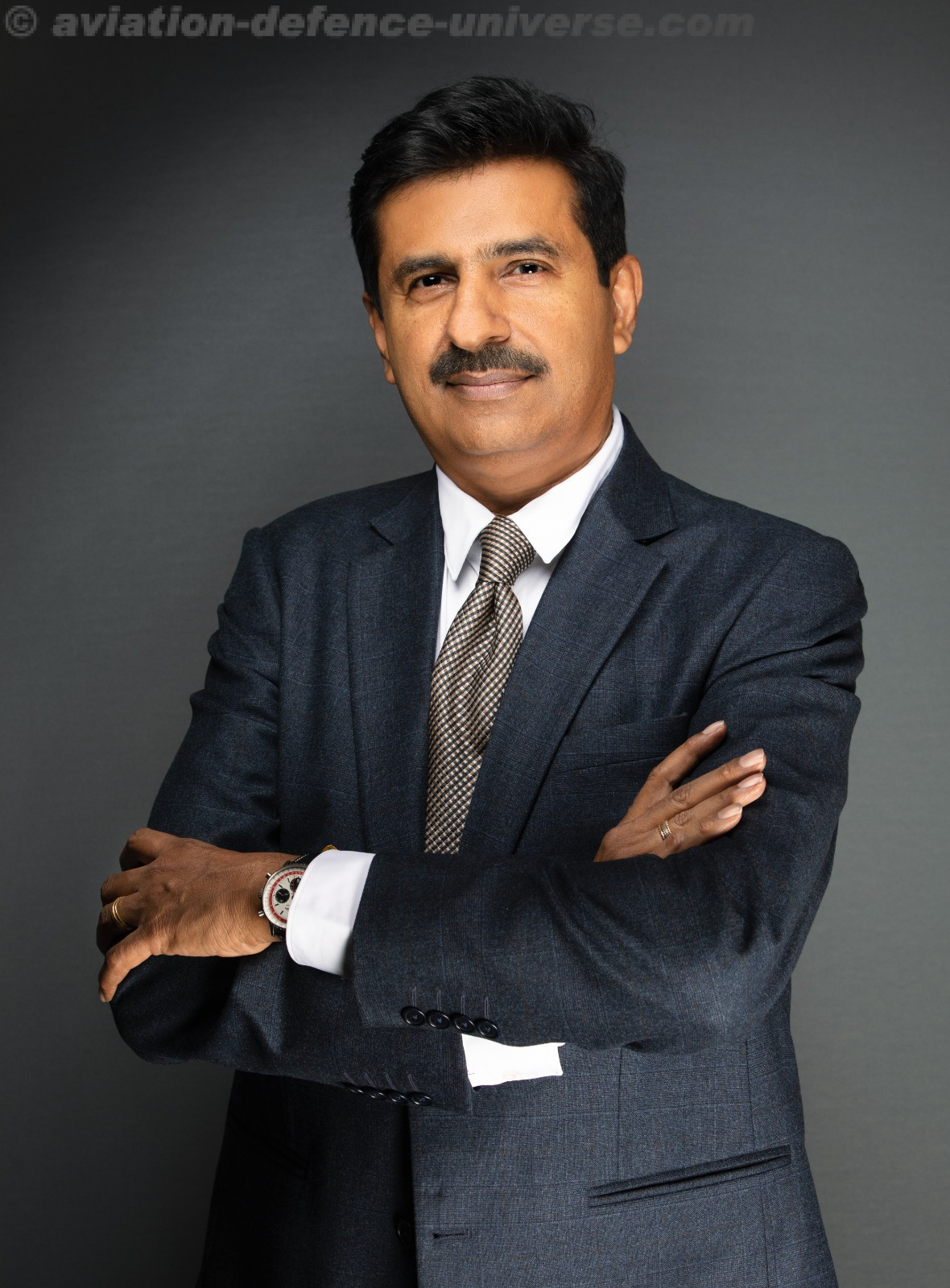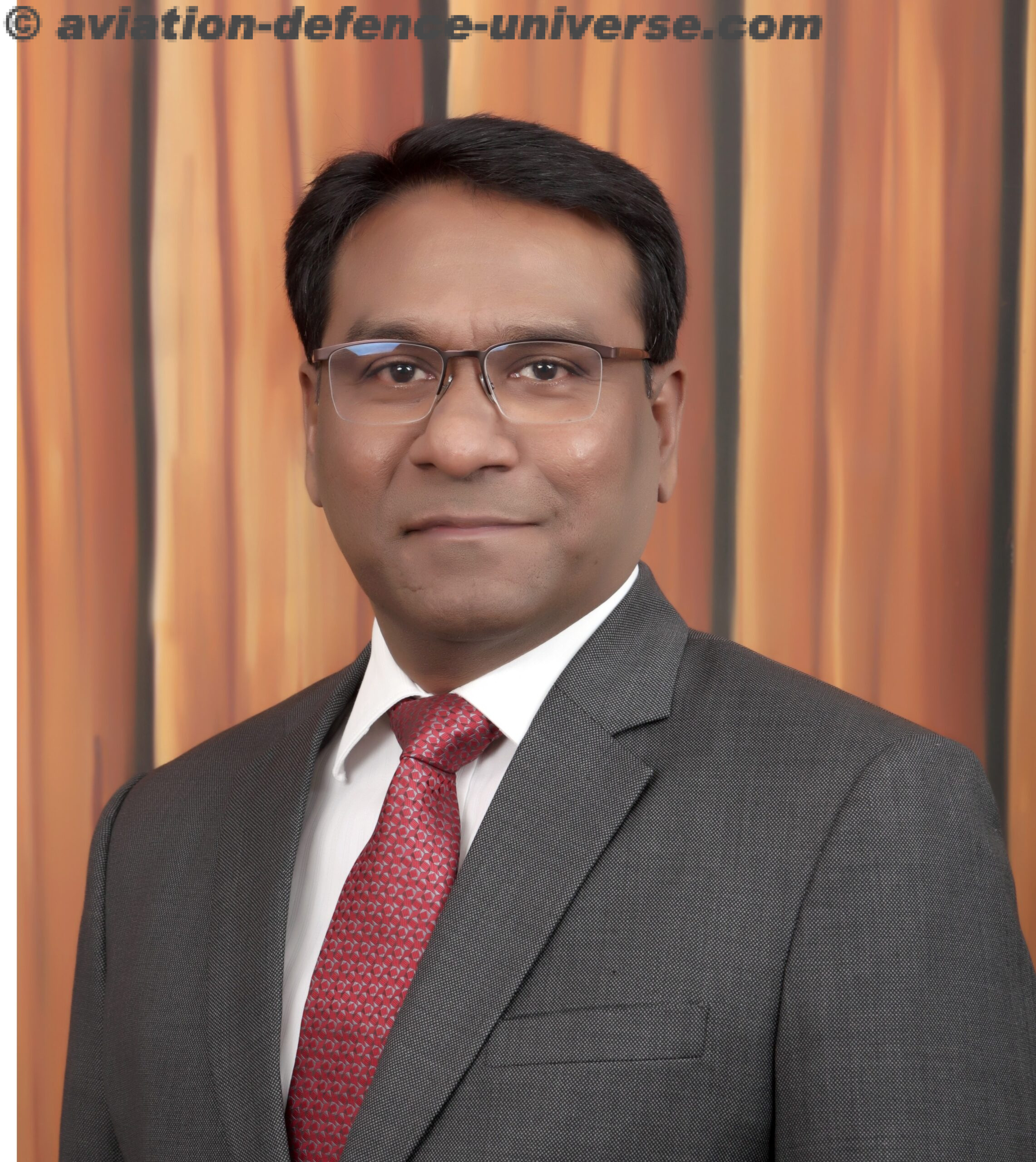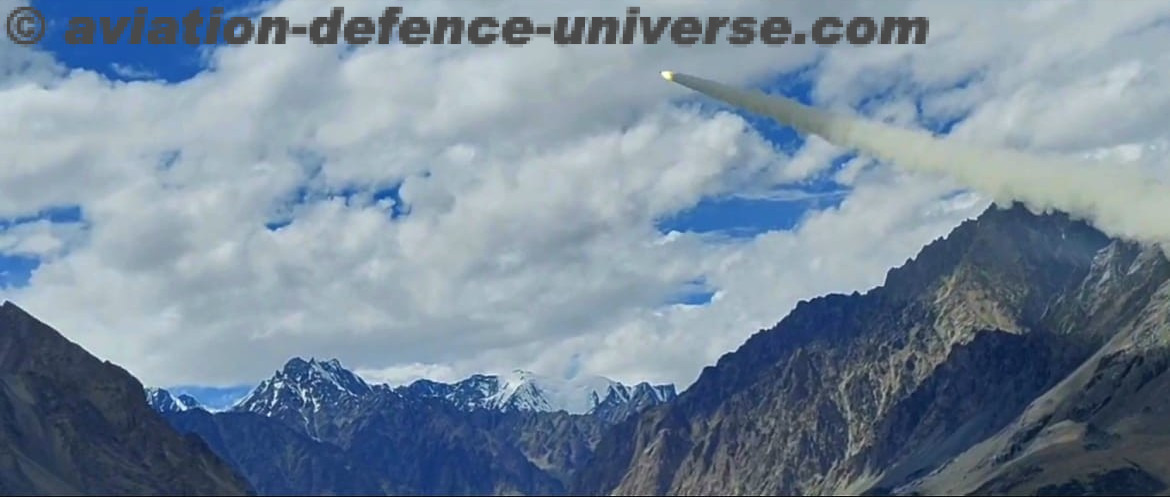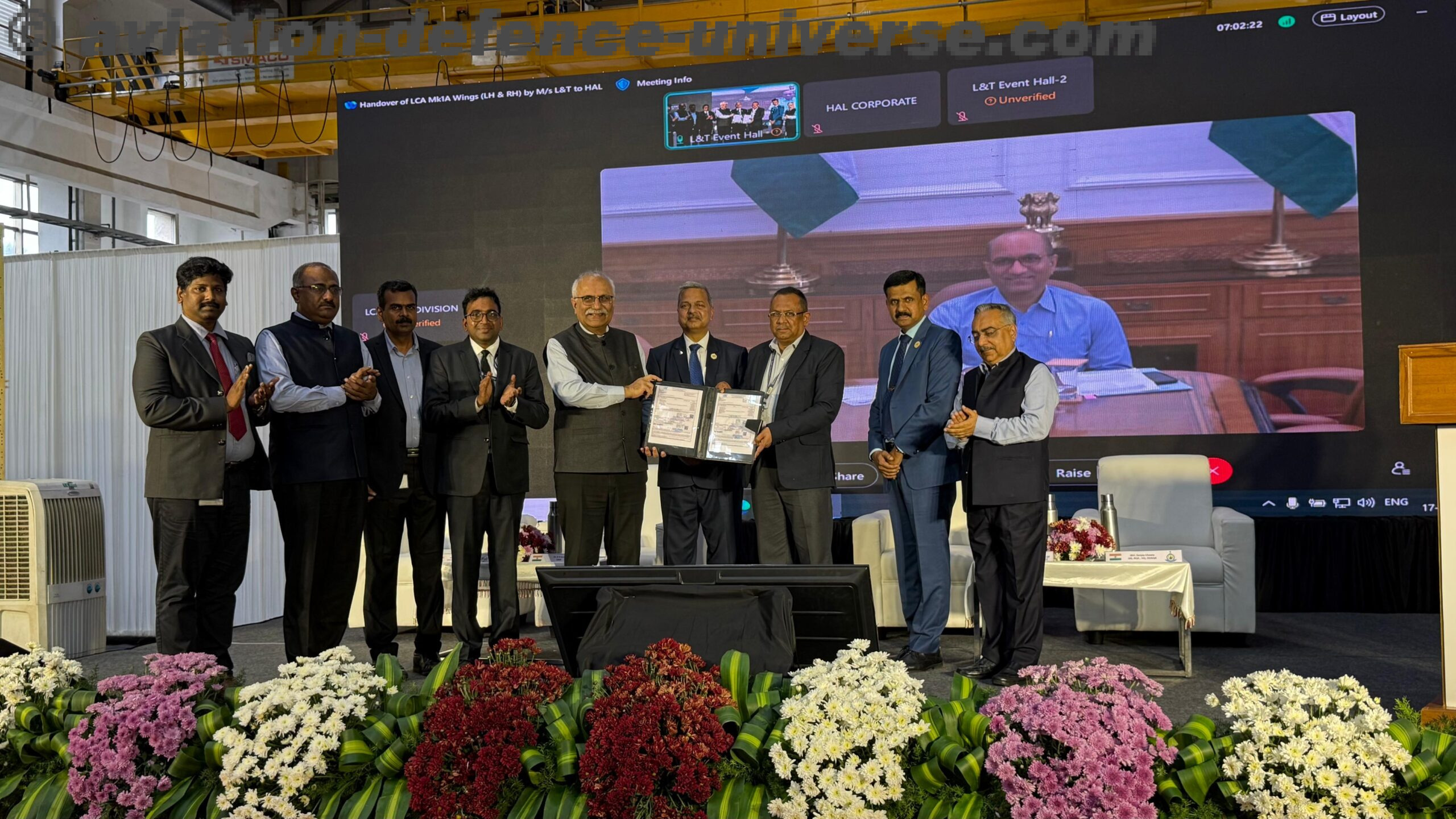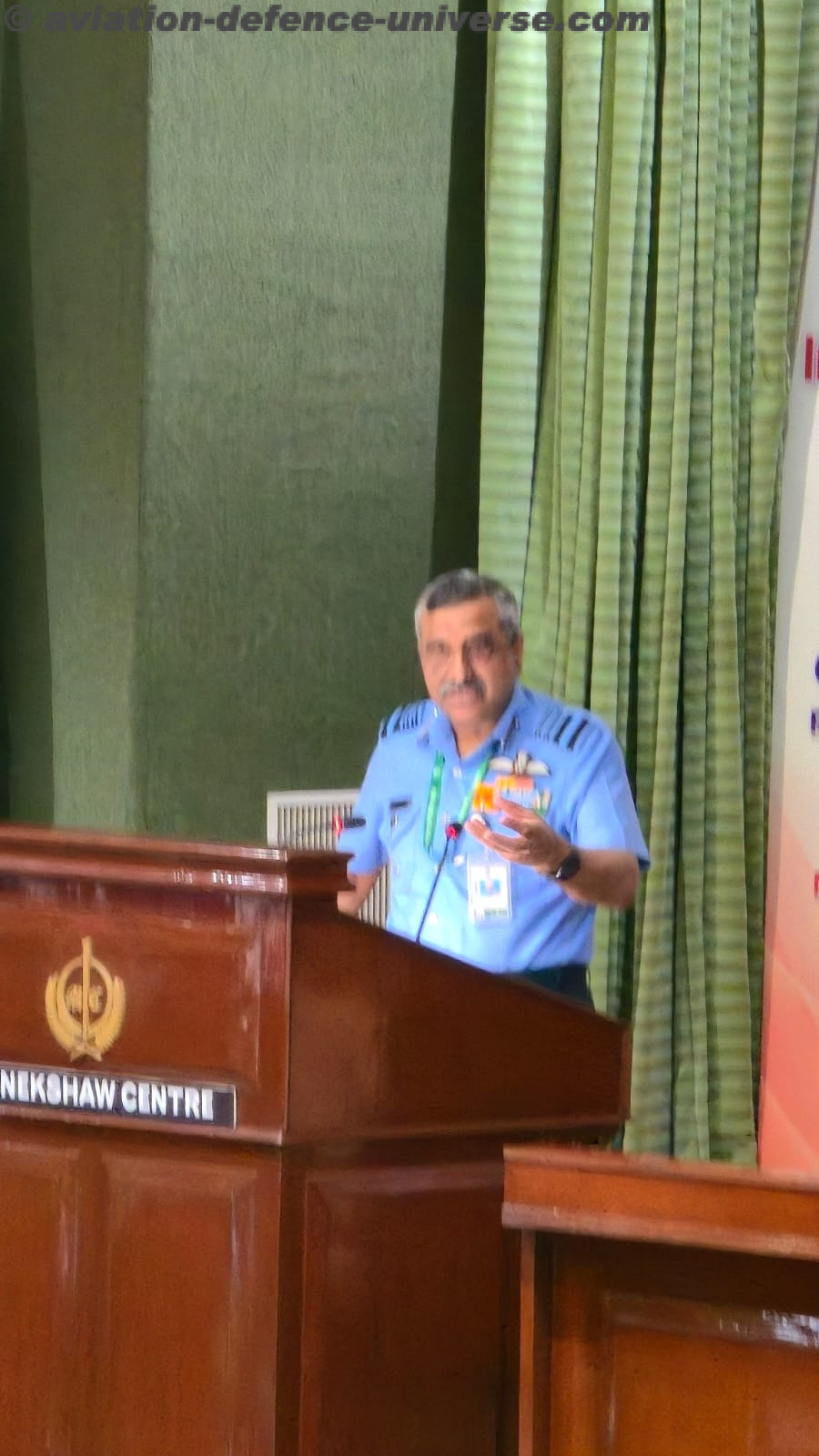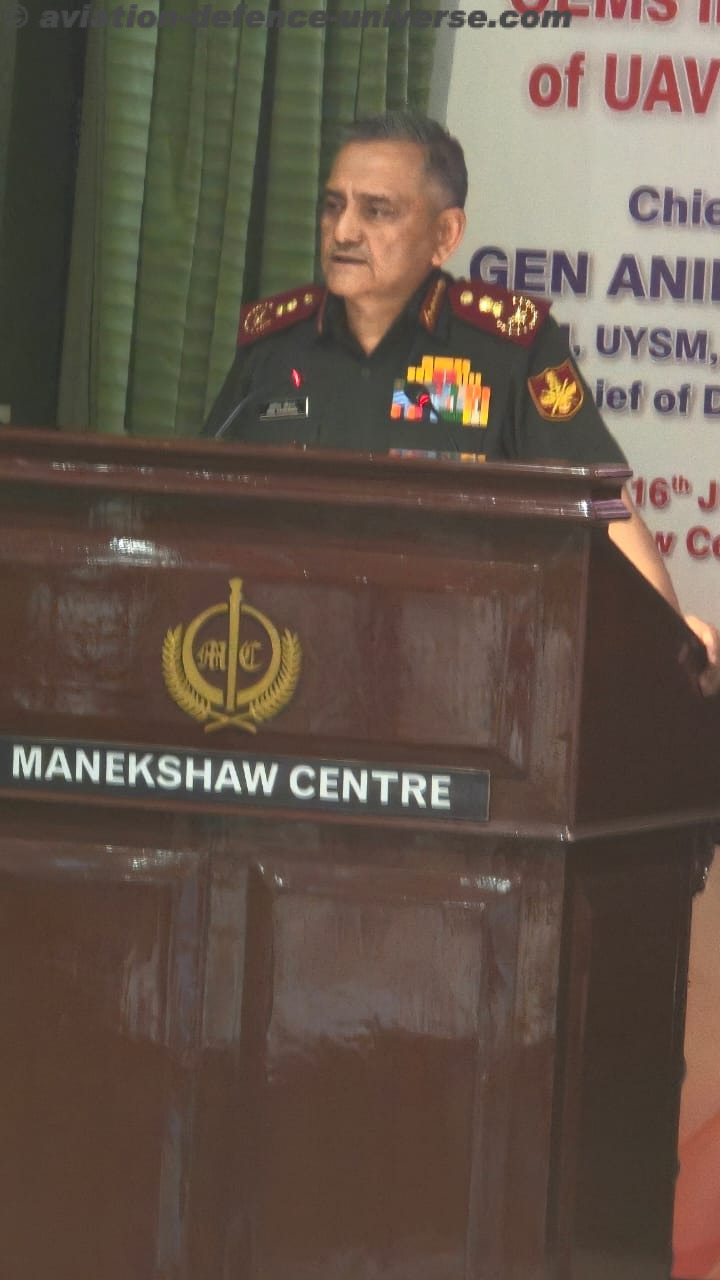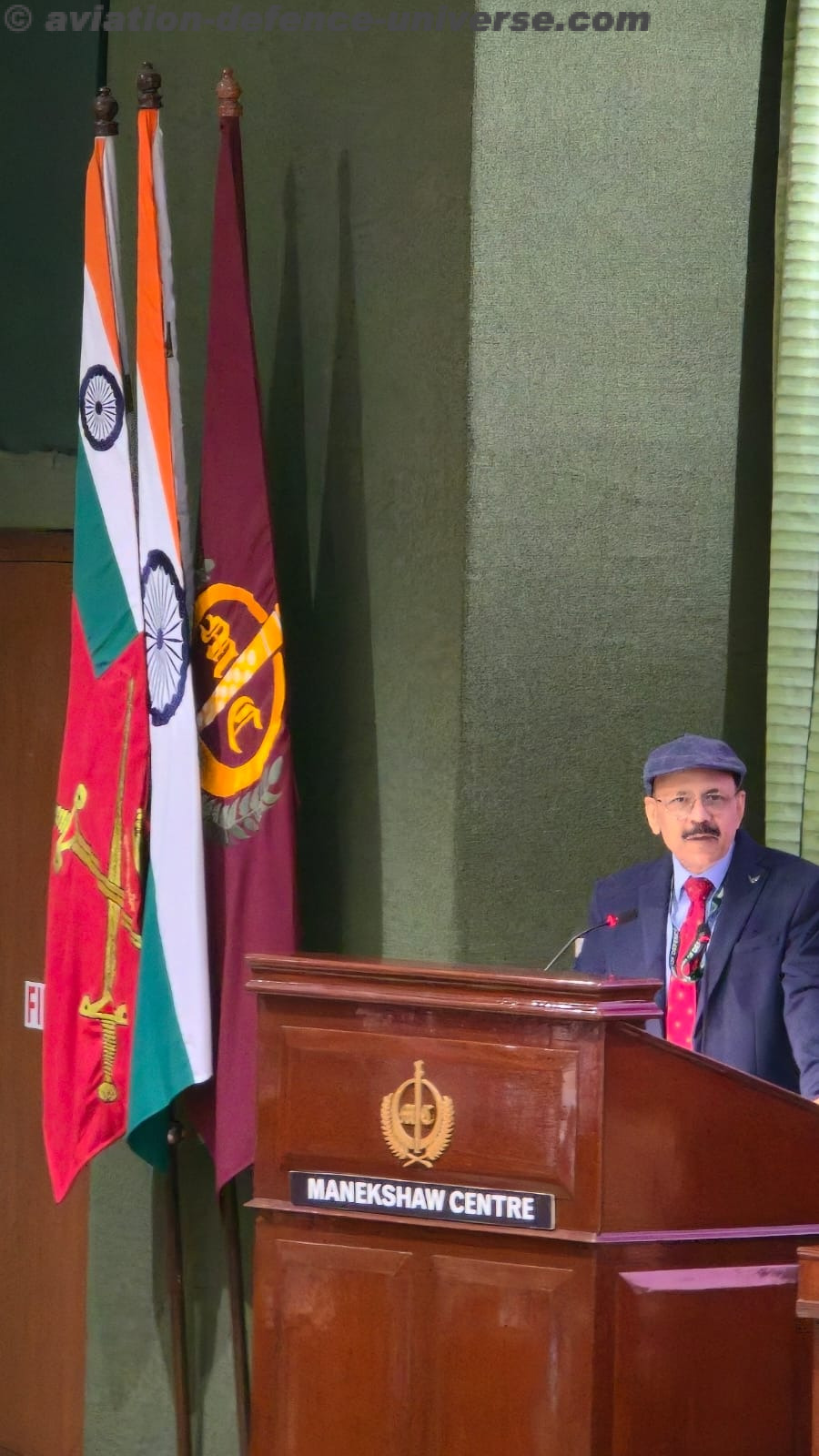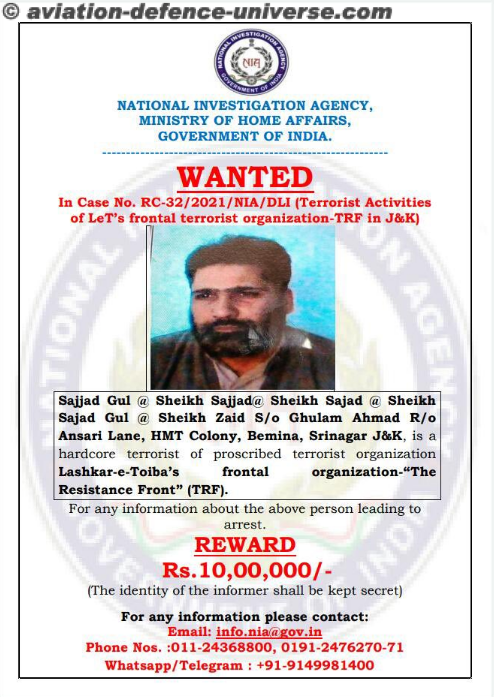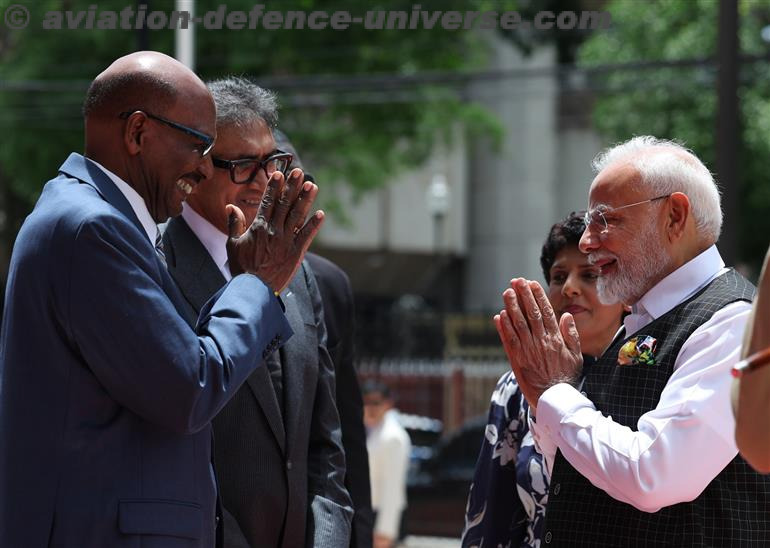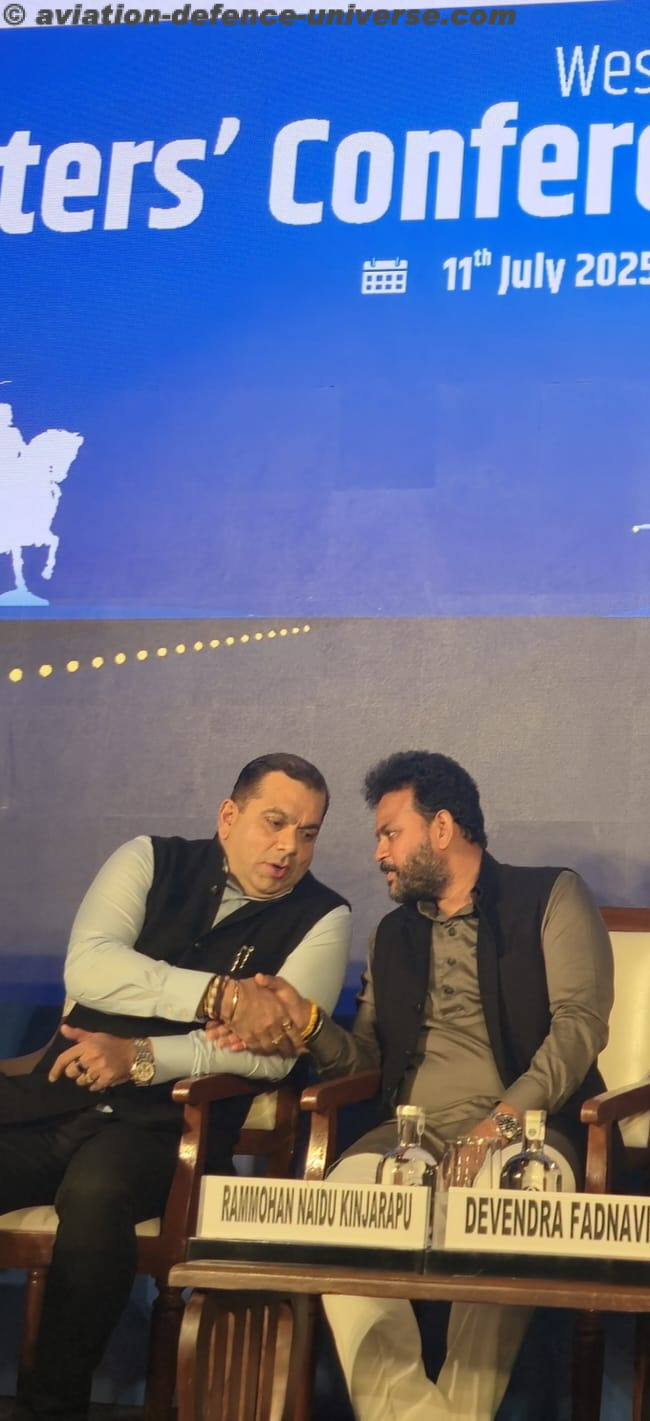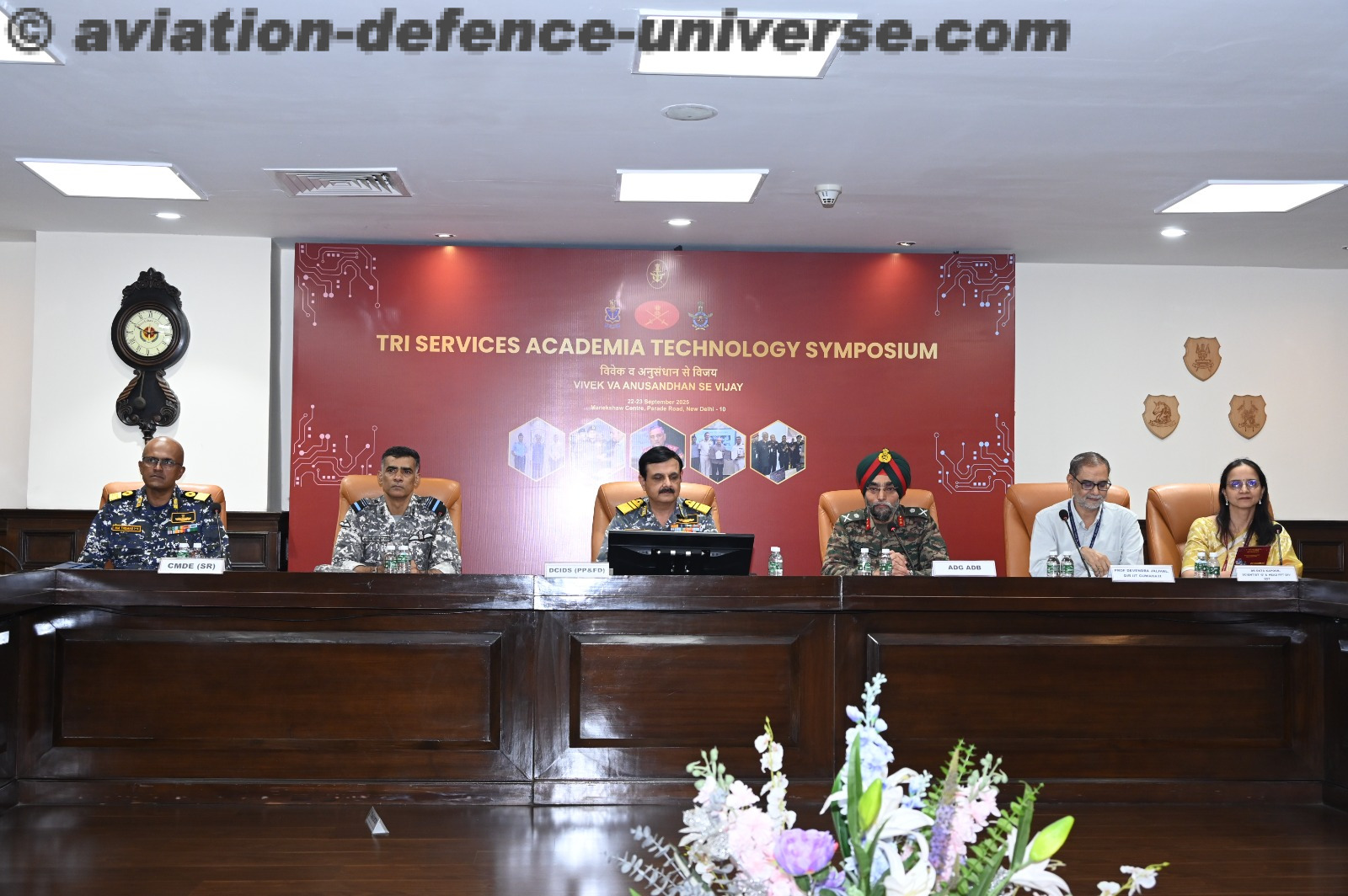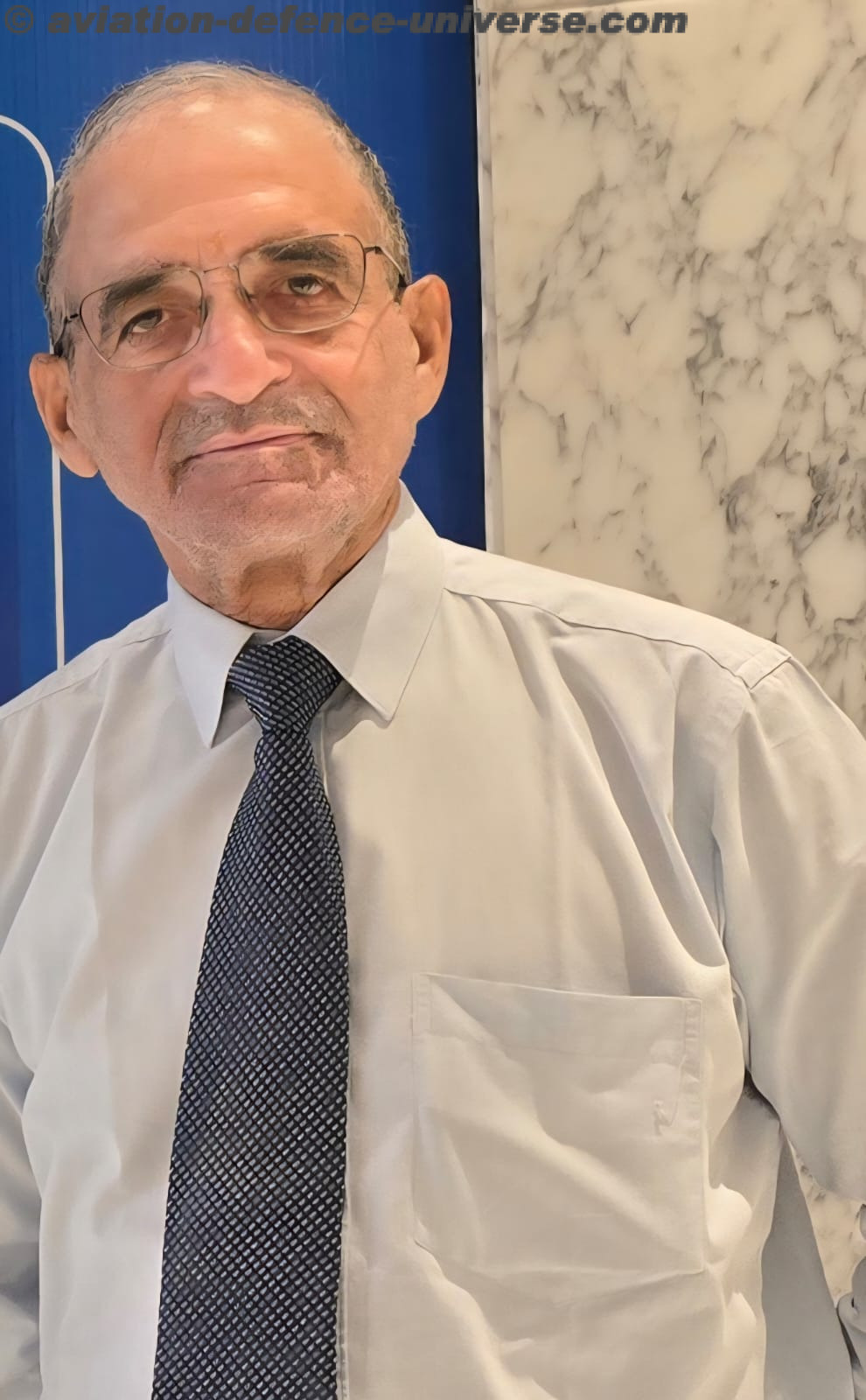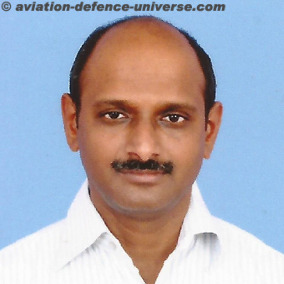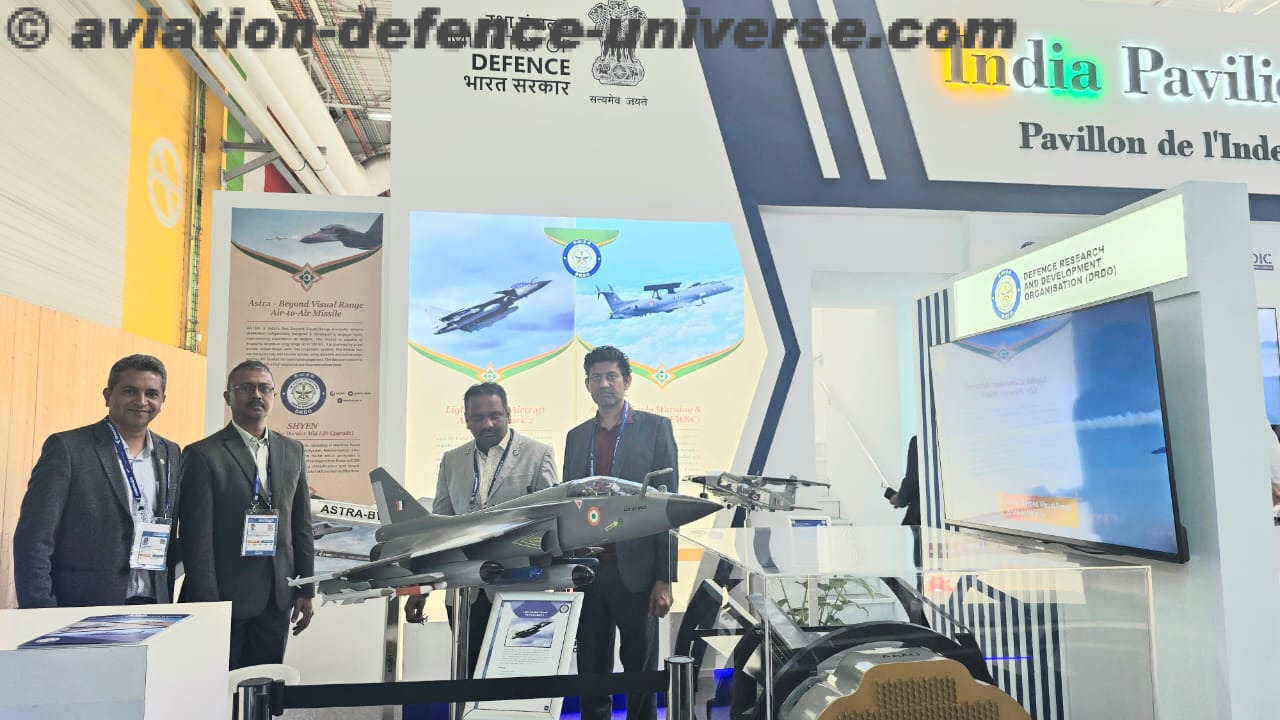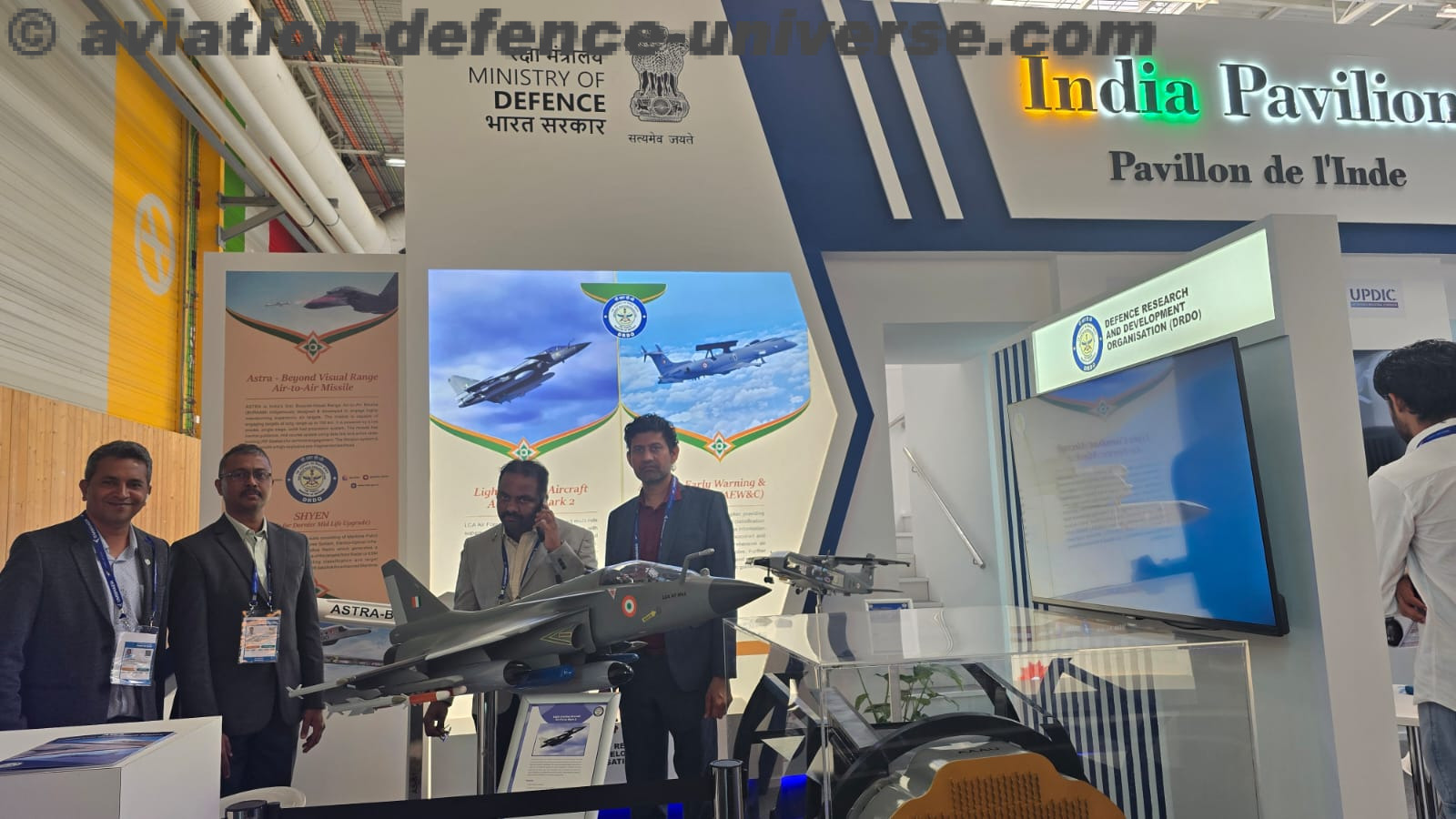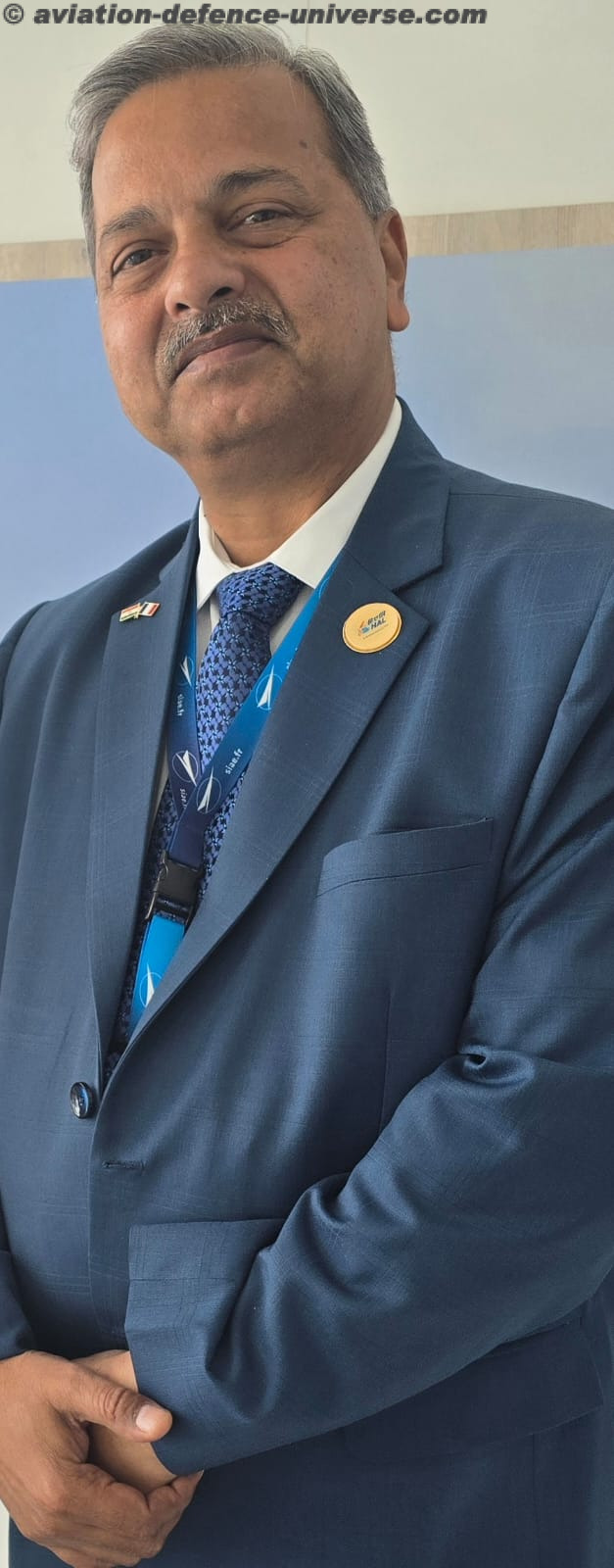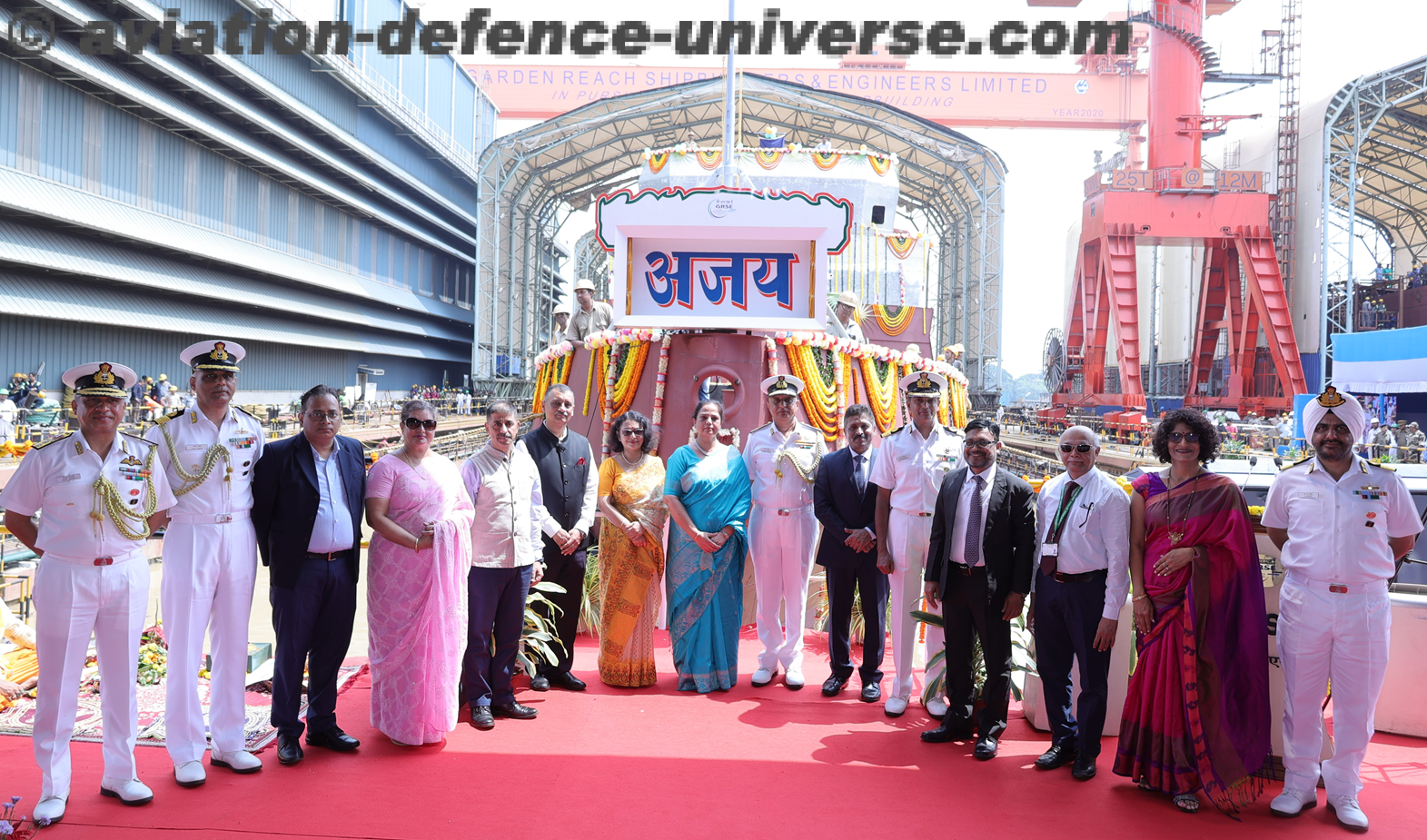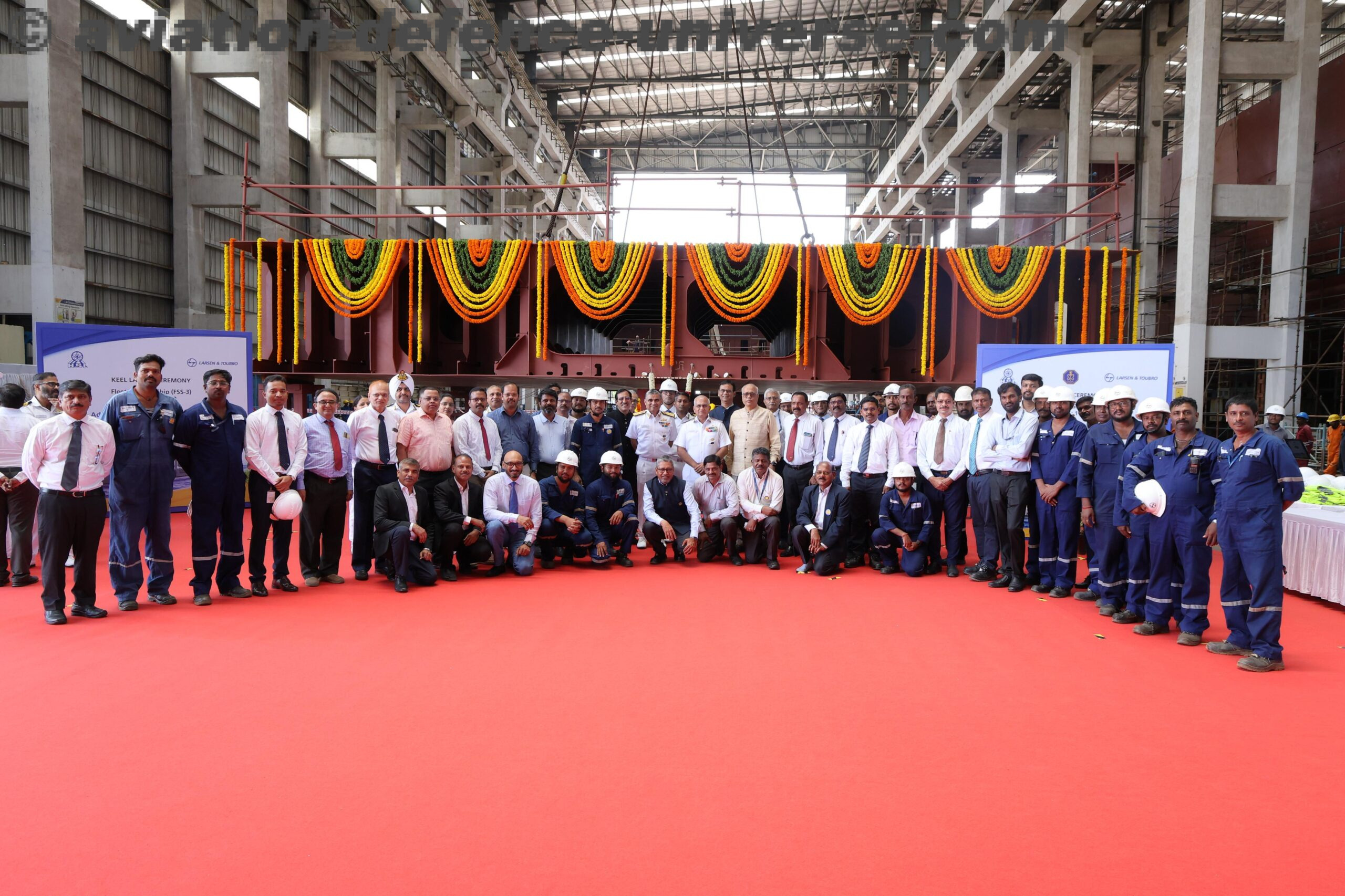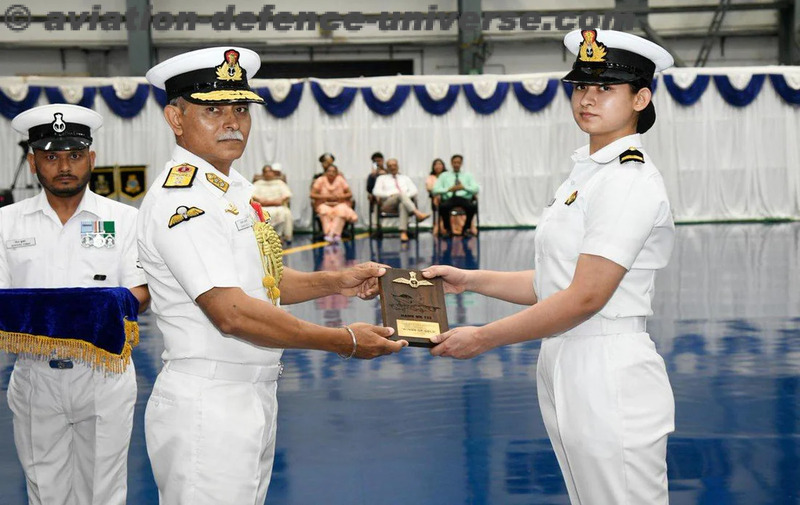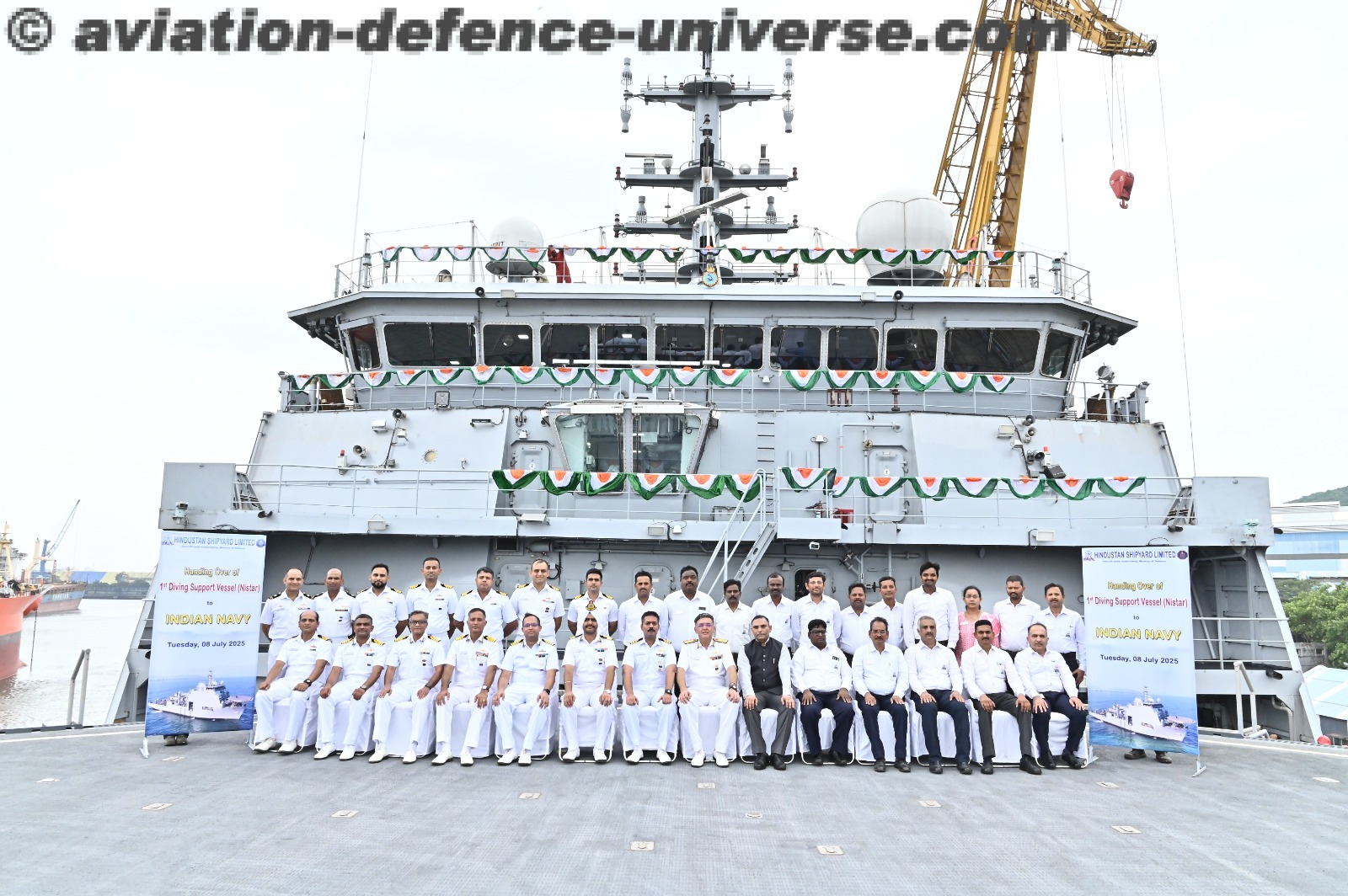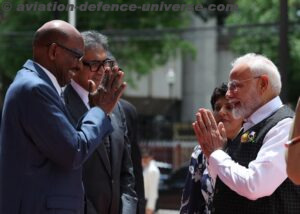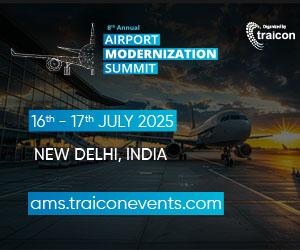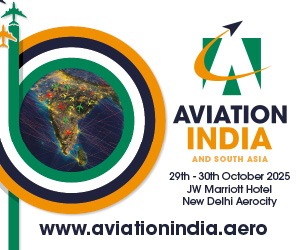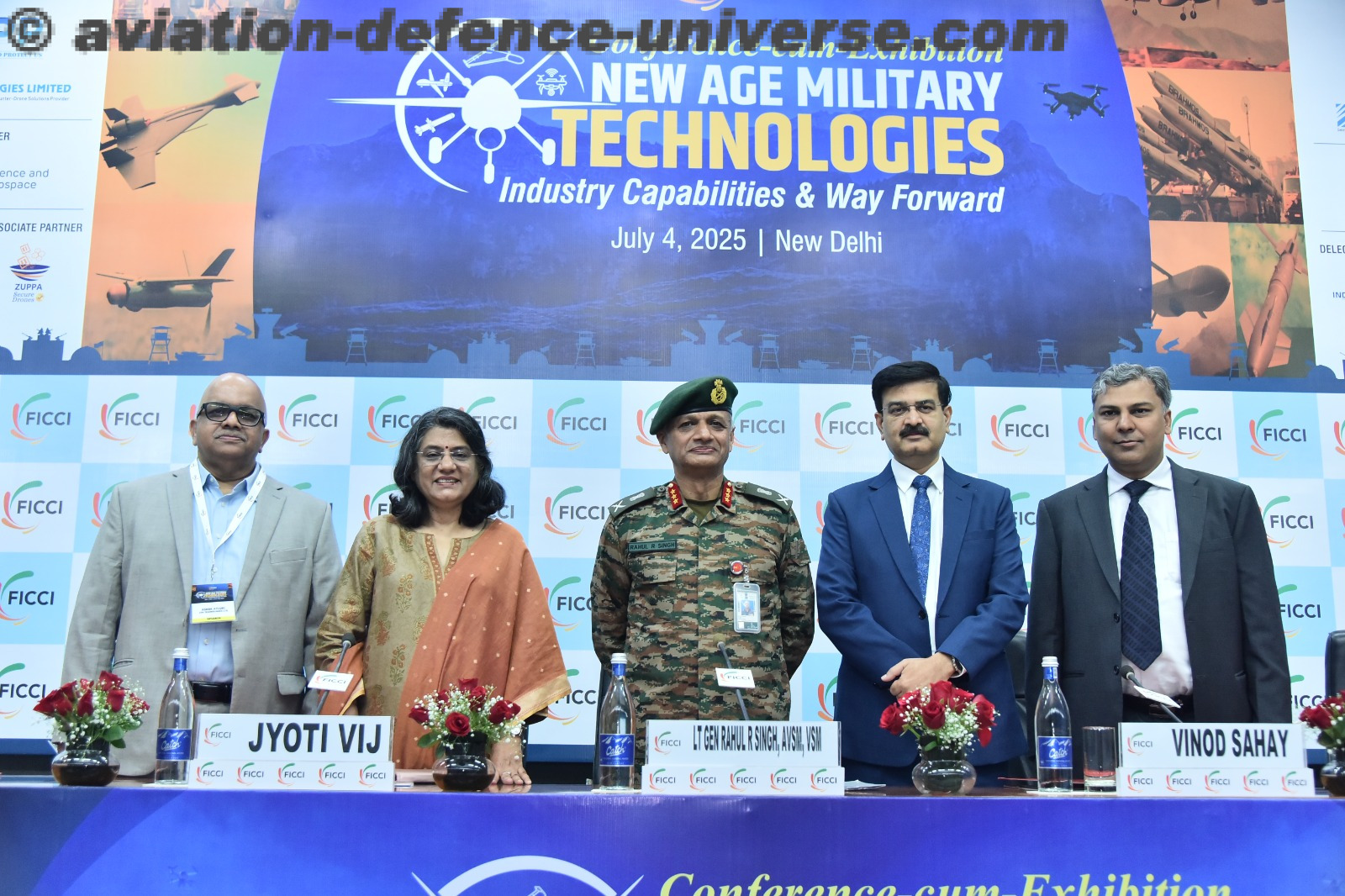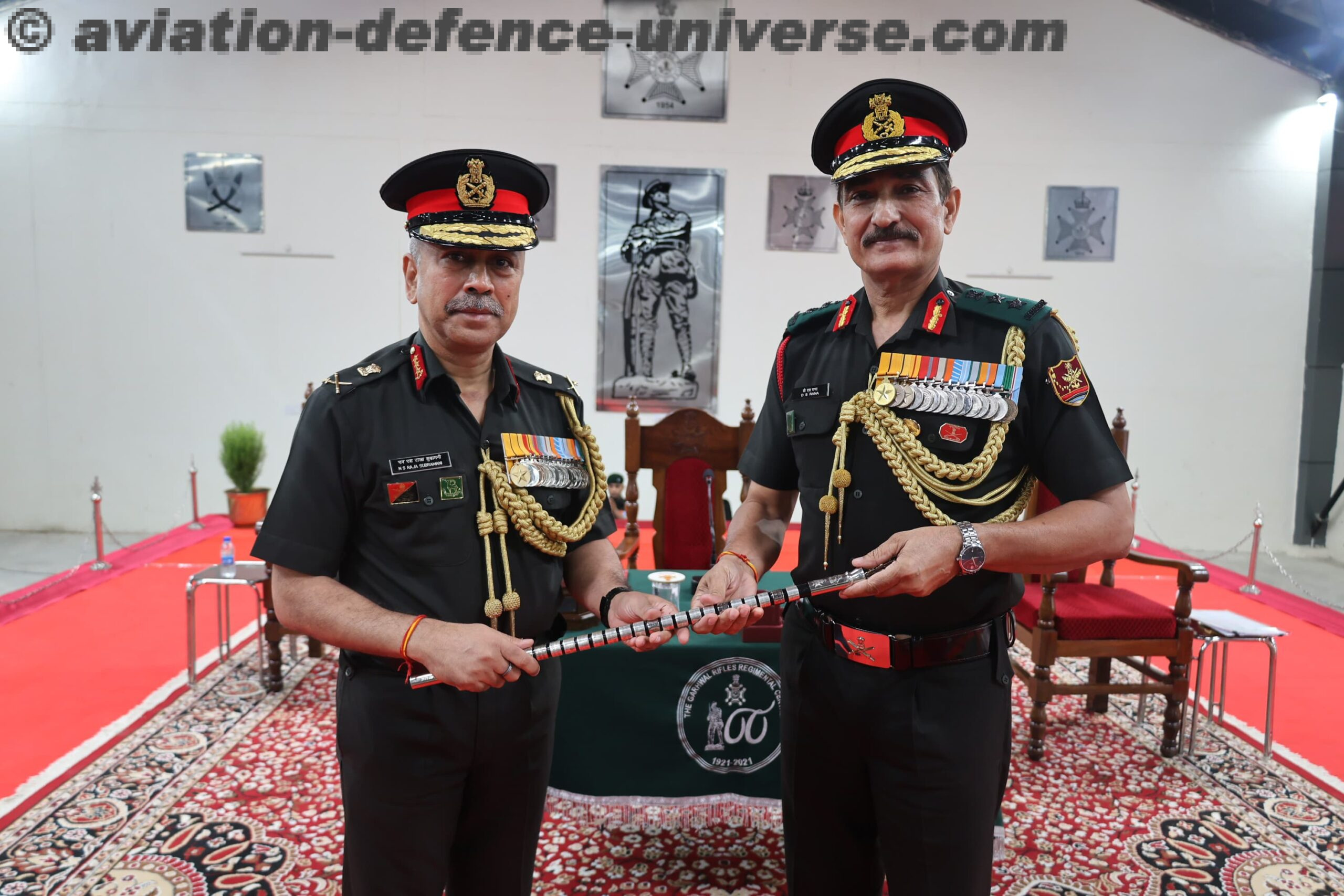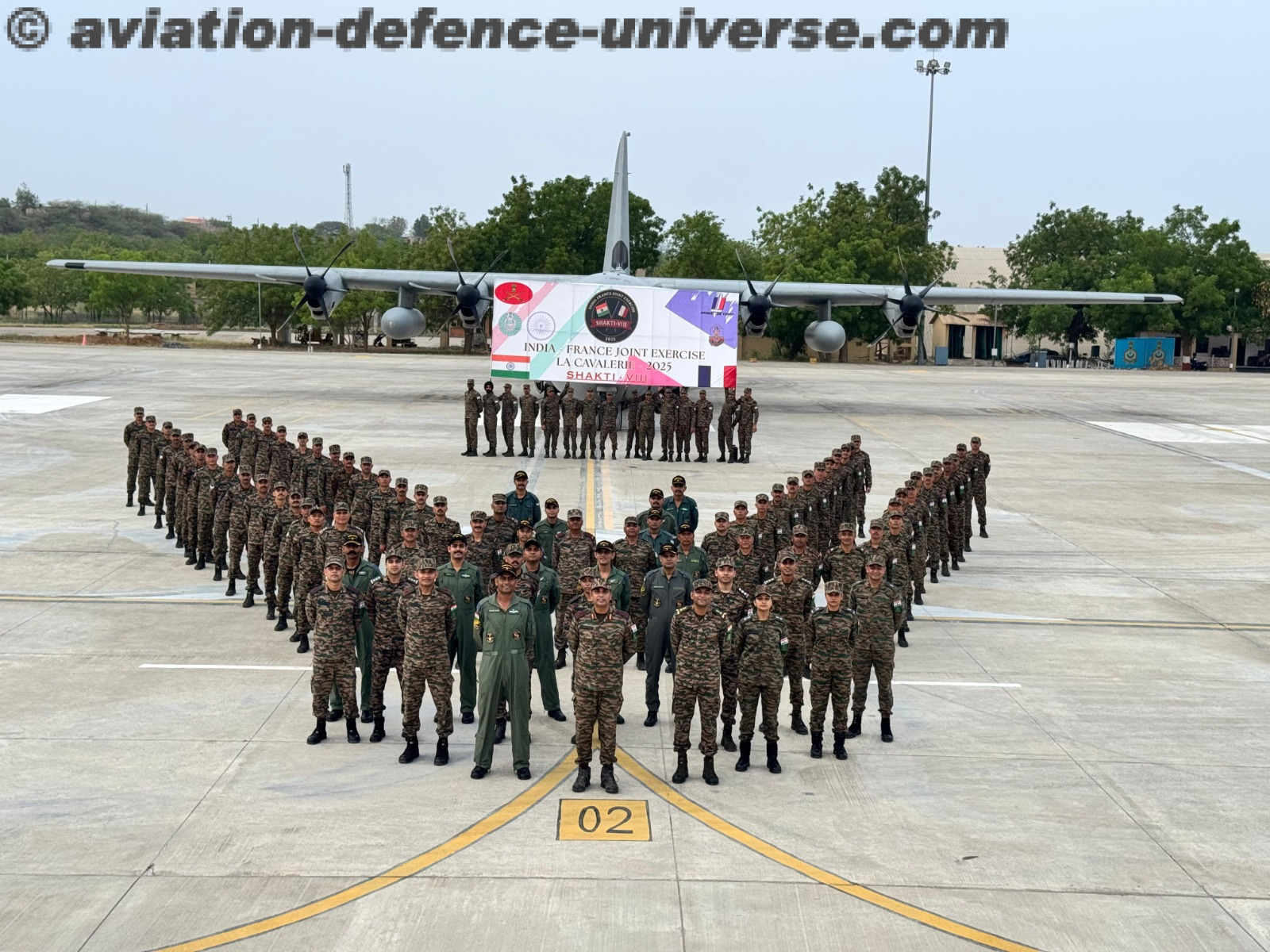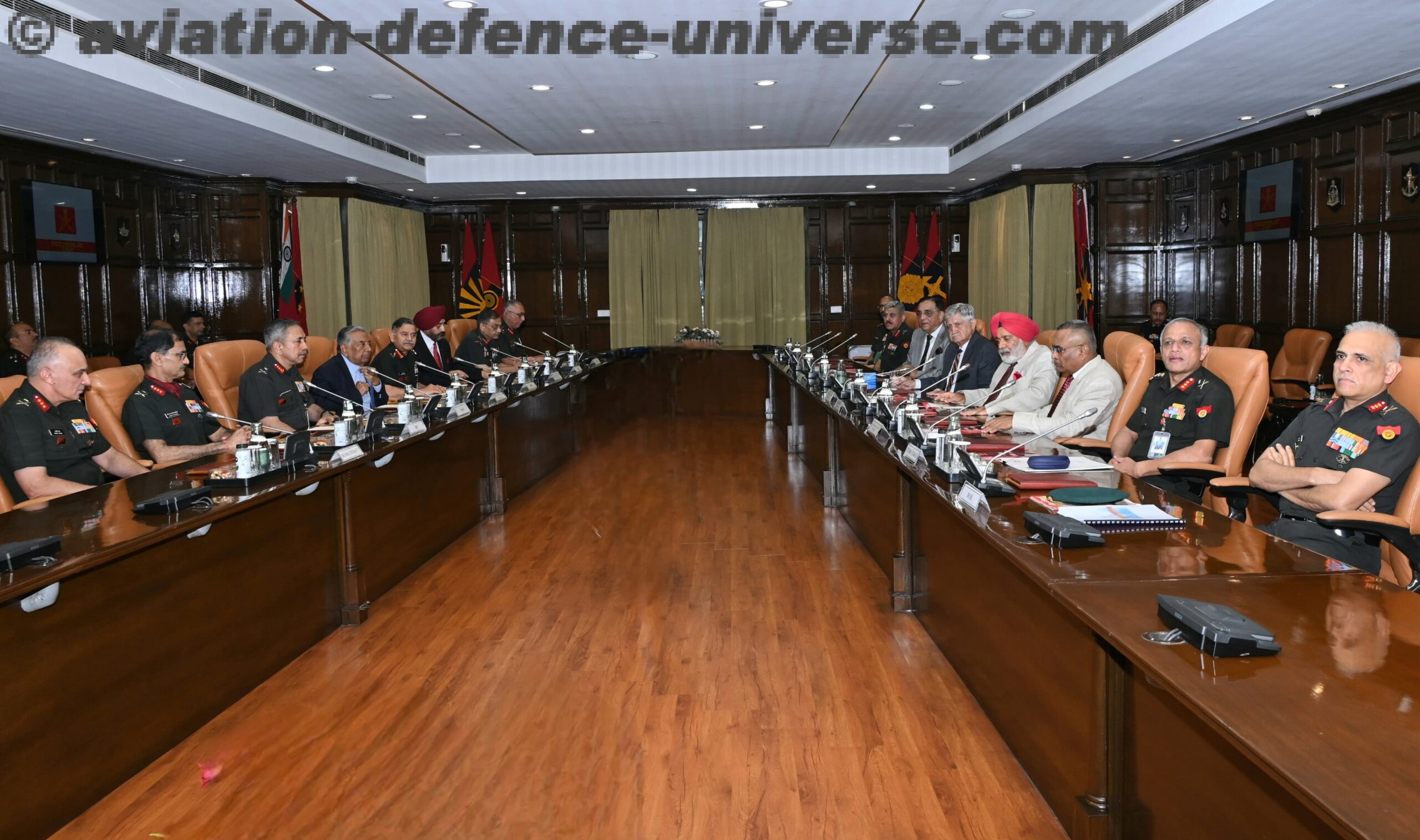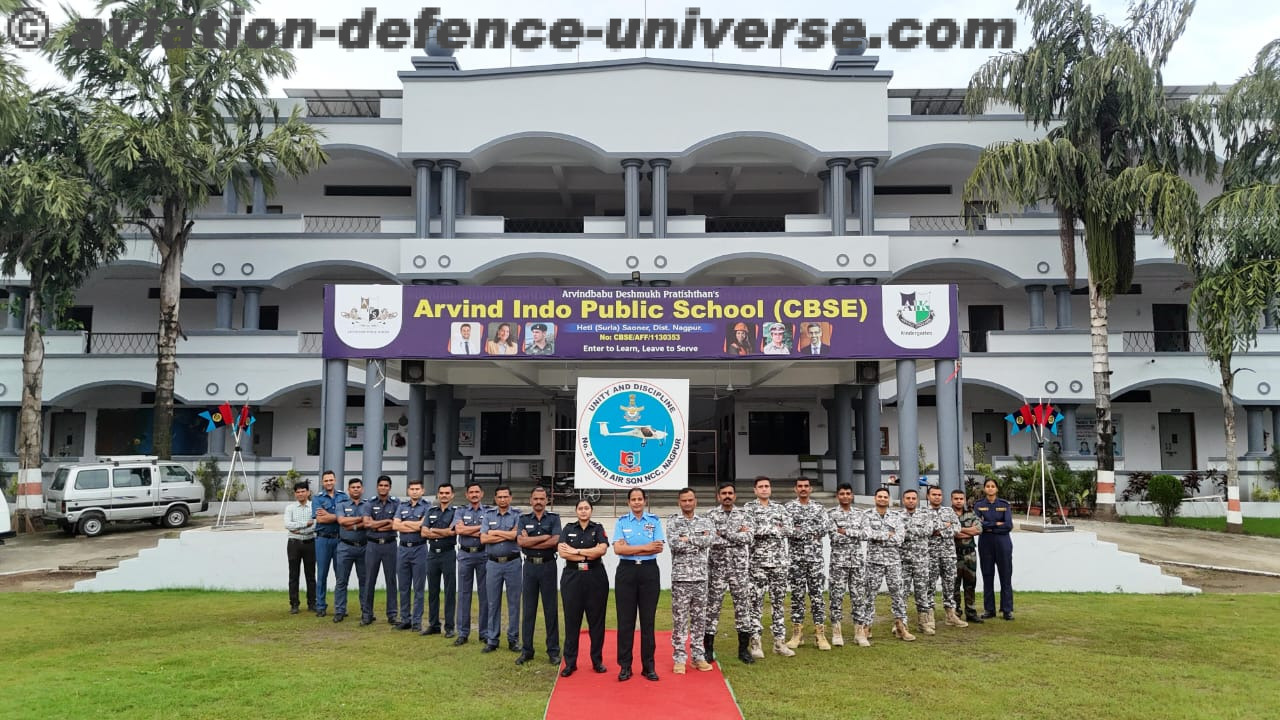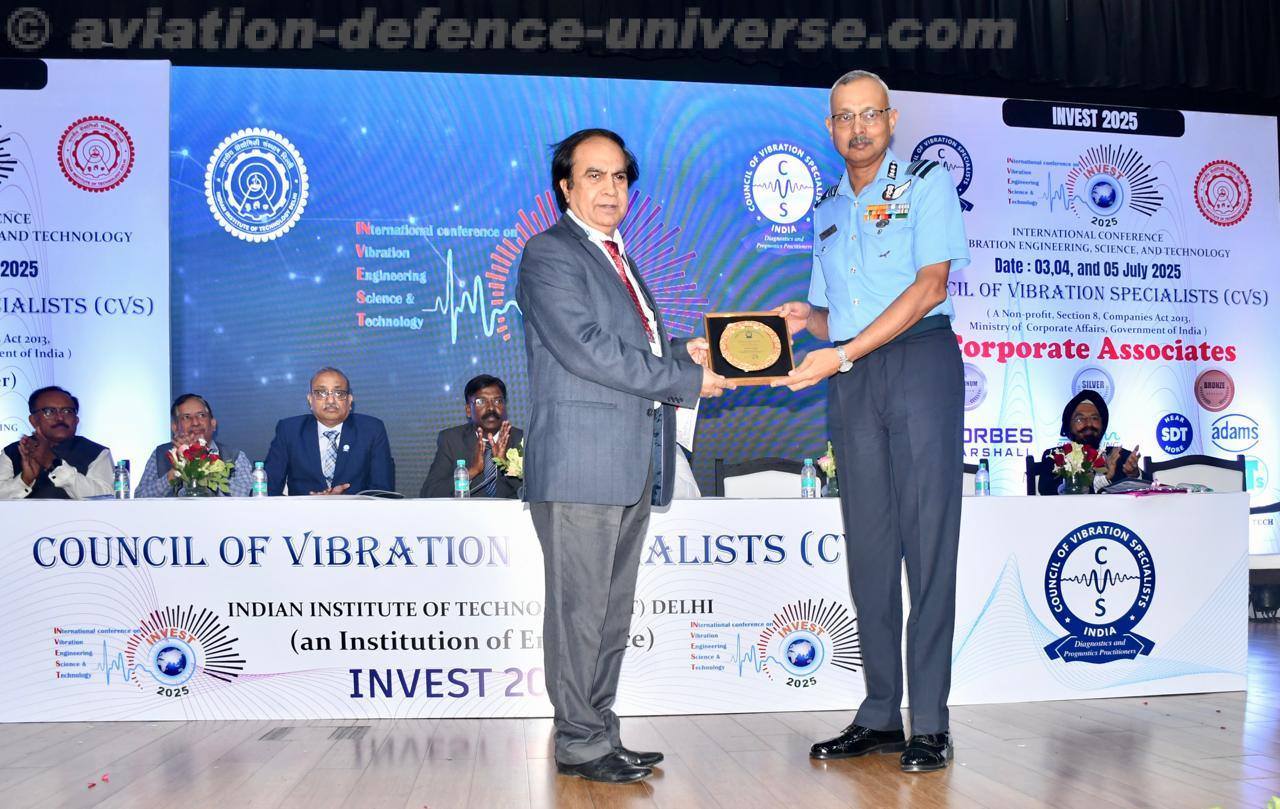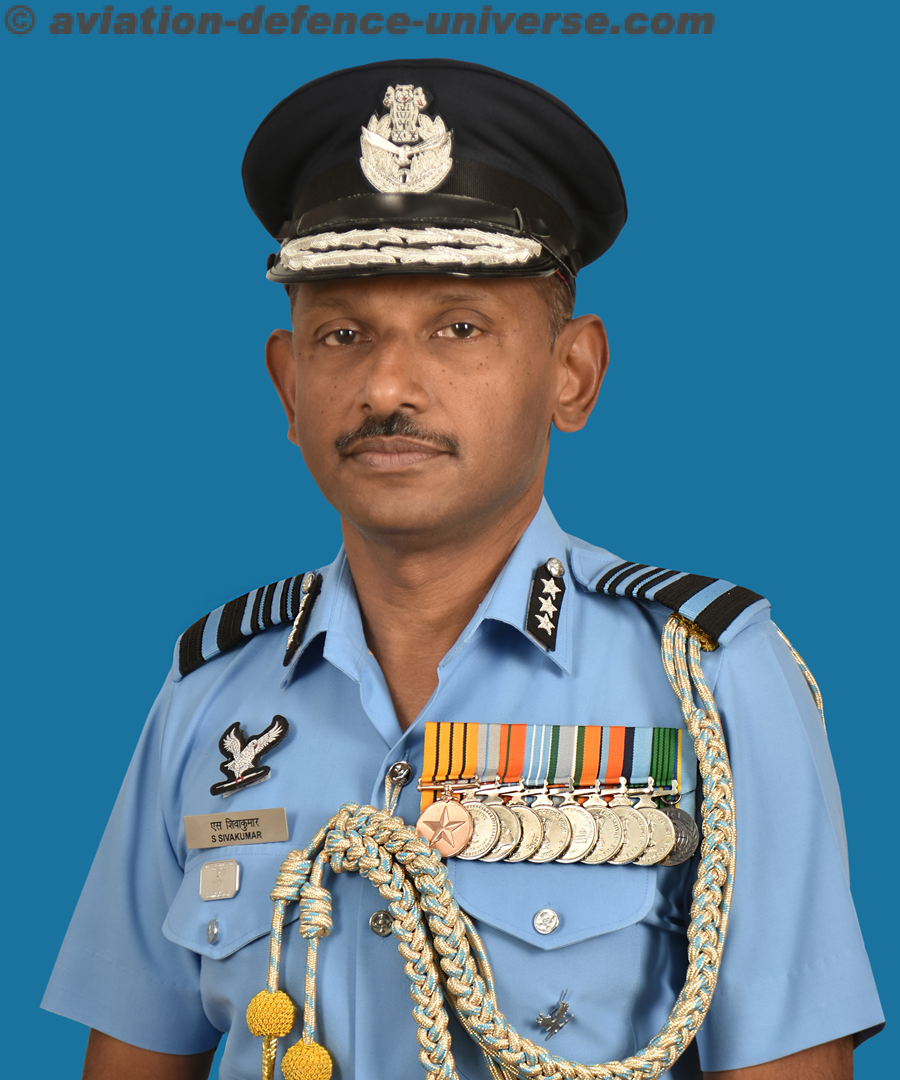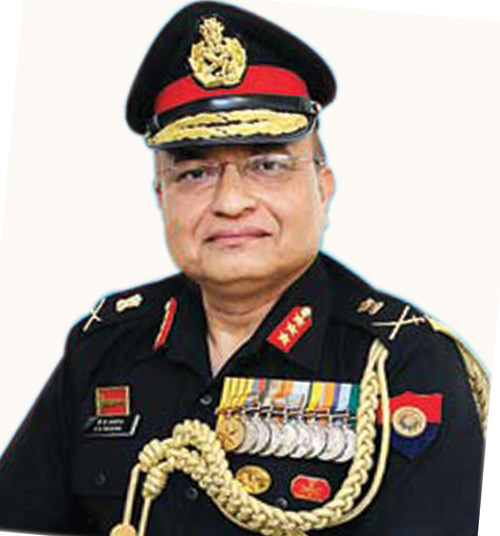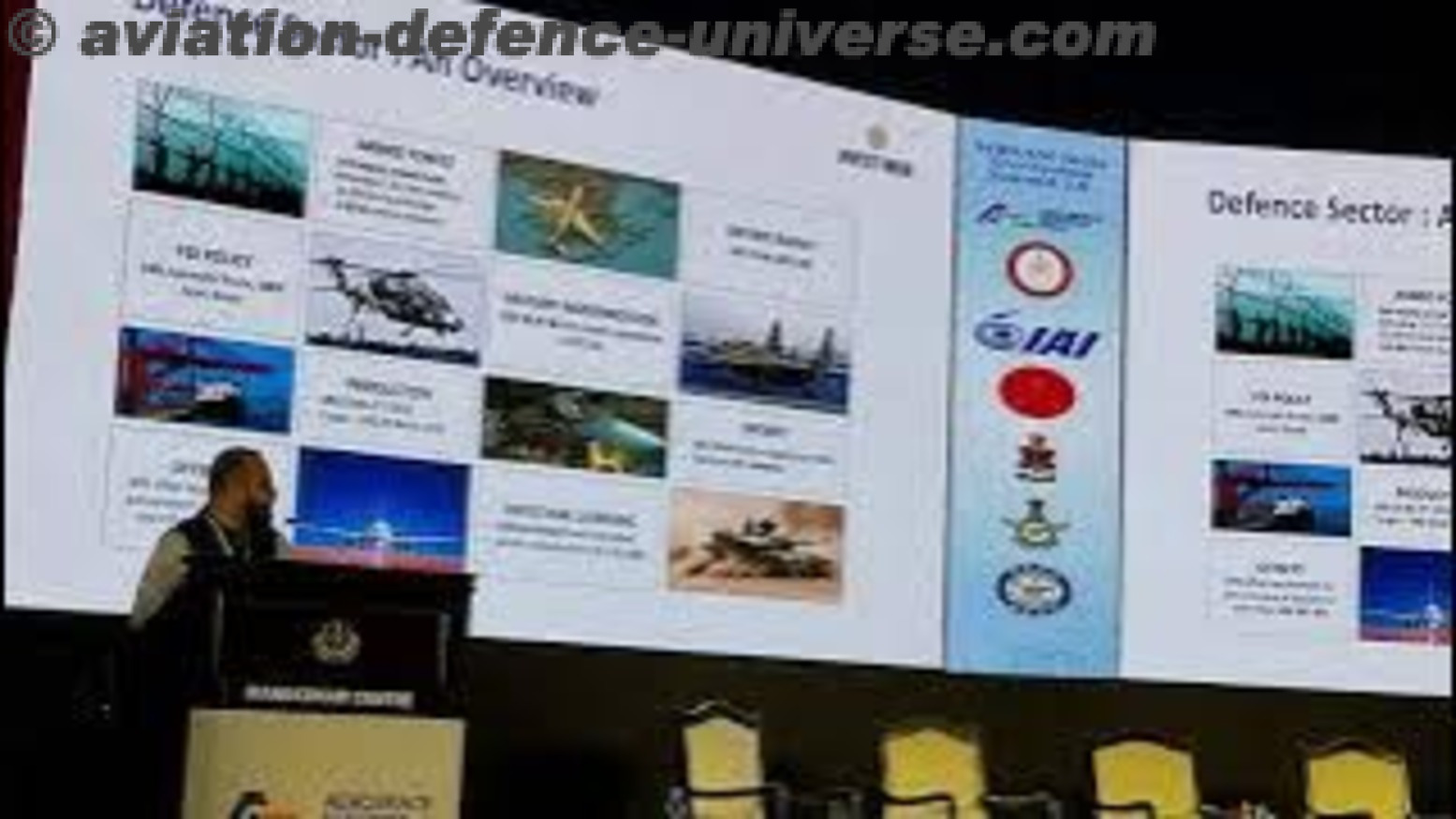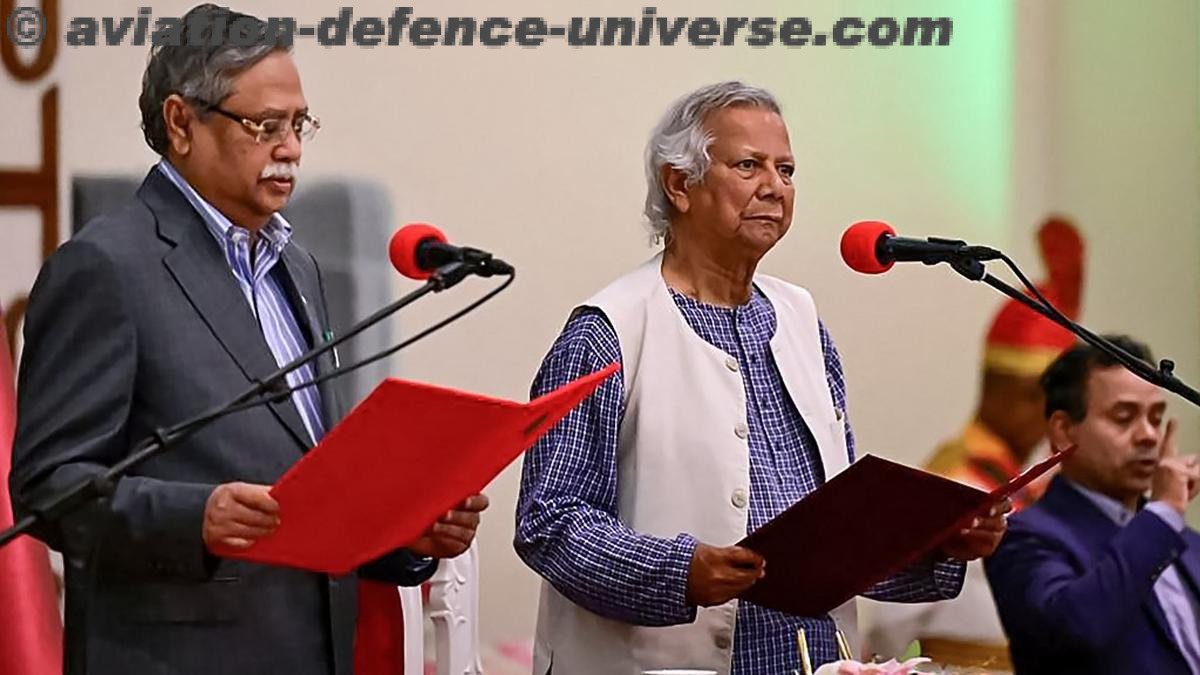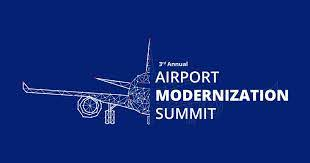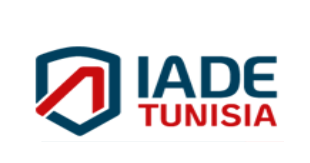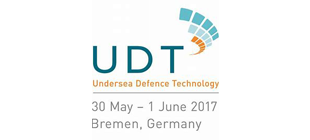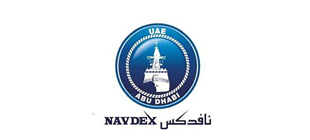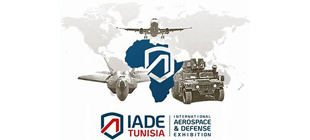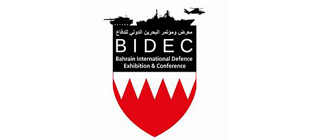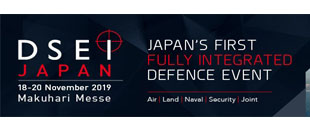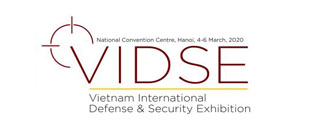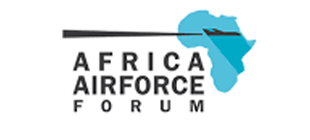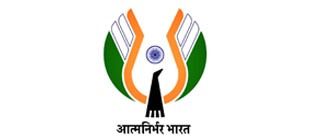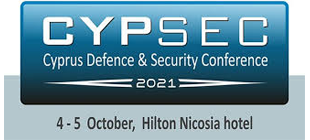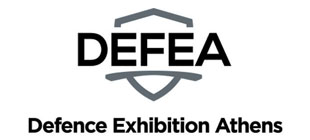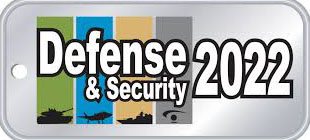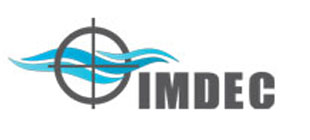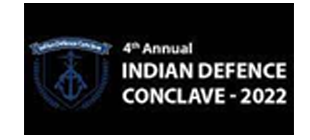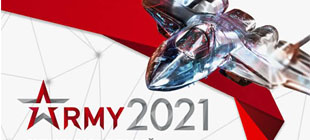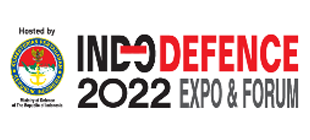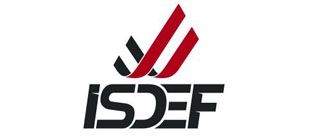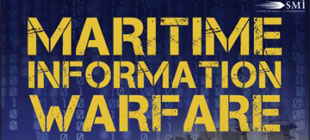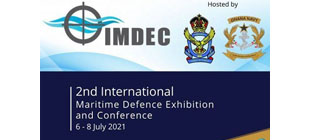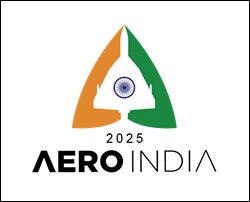By Sangeeta Saxena
New Delhi. 17 July 2025. At a seminar jointly organised by HQ-IDS and CENJOWS, the spotlight was firmly placed on the urgent need for India to accelerate the indigenisation of critical components used in UAVs and counter-drone systems. With the battlefield evolving rapidly, Maj Gen Ashok Kumar (Retd.), Director General CENJOWS, reiterated the urgency of this transition, stating, “The future battlefield won’t wait.” The event highlighted India’s journey from vulnerability to victory as it seeks to achieve self-reliance in drone technologies. A key message that resonated throughout the seminar was that “indigenisation cannot be selective,” reinforcing the need to move beyond assembling drones to developing key components domestically. The seminar outlined the critical gaps in India’s current drone and counter-UAS infrastructure, particularly in the low-sky domain, and emphasised the need to bridge this drone gap through a concerted push for Made-in-India solutions.
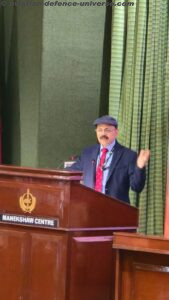 In a rapidly evolving threat landscape dominated by drone warfare and asymmetric challenges, India’s defence establishment is turning its focus to a critical frontier—indigenisation of key components for Unmanned Aerial Vehicles (UAVs) and Counter-Unmanned Aerial Systems (C-UAS). A seminar jointly organised by Headquarters Integrated Defence Staff (HQ-IDS) and the Centre for Joint Warfare Studies (CENJOWS) brought together stakeholders from the armed forces, DRDO, academia, and the private sector to deliberate on the way forward. He highlighted both the urgency and opportunity of achieving self-reliance in this strategic domain. “We must understand the criticality of counter-UAS systems in today’s battlespace,” he asserted. “What was earlier considered an asymmetric threat has now become a mainstream concern in modern warfare.”
In a rapidly evolving threat landscape dominated by drone warfare and asymmetric challenges, India’s defence establishment is turning its focus to a critical frontier—indigenisation of key components for Unmanned Aerial Vehicles (UAVs) and Counter-Unmanned Aerial Systems (C-UAS). A seminar jointly organised by Headquarters Integrated Defence Staff (HQ-IDS) and the Centre for Joint Warfare Studies (CENJOWS) brought together stakeholders from the armed forces, DRDO, academia, and the private sector to deliberate on the way forward. He highlighted both the urgency and opportunity of achieving self-reliance in this strategic domain. “We must understand the criticality of counter-UAS systems in today’s battlespace,” he asserted. “What was earlier considered an asymmetric threat has now become a mainstream concern in modern warfare.”
The Asymmetric Shift
The emergence of low-cost drones—often deployed in swarms—has fundamentally altered the security paradigm. According to Maj Gen Kumar, “The situation now is that one of the most important threats to national security comes from commercial off-the-shelf drones and improvised UAVs.” He warned that these systems, due to their ease of availability and adaptability, are being weaponised by both state and non-state actors. Highlighting the attack on Aramco’s oil facilities in Saudi Arabia and incidents along the Line of Control and International Border, he pointed out how adversaries have been able to exploit gaps in air defence using small UAVs. “We are witnessing drones being used for surveillance, targeting, and even kinetic strikes. This trend is only going to intensify,” he added.
Indigenous Capability: Mission Imperative
 India’s import dependence for UAV sub-systems and C-UAS technologies, especially in optics, data links, batteries, motors, and software algorithms, has been a longstanding challenge. Maj Gen Kumar acknowledged the progress made but emphasised the need to accelerate efforts: “We have done well in airframes, but sensors and critical payloads are still imported. Unless we address this gap, we cannot call ourselves self-reliant in drone warfare.” He added, “Indigenisation cannot be selective. A holistic approach is needed—covering manufacturing, testing, integration, and deployment. Private industry, academia, and DRDO must work as a team.”
India’s import dependence for UAV sub-systems and C-UAS technologies, especially in optics, data links, batteries, motors, and software algorithms, has been a longstanding challenge. Maj Gen Kumar acknowledged the progress made but emphasised the need to accelerate efforts: “We have done well in airframes, but sensors and critical payloads are still imported. Unless we address this gap, we cannot call ourselves self-reliant in drone warfare.” He added, “Indigenisation cannot be selective. A holistic approach is needed—covering manufacturing, testing, integration, and deployment. Private industry, academia, and DRDO must work as a team.”
A Whole-of-Nation Approach
The seminar resonated with the growing consensus that indigenisation requires a ‘whole-of-nation’ approach. Maj Gen Kumar underlined the importance of inter-agency synergy: “HQ-IDS, DRDO, the armed forces, and start-ups must all speak in one voice. We cannot afford parallel efforts; instead, we need coordinated development based on user-defined requirements.” He further stressed that the time for incremental progress is over. “We have already lost valuable time. Our adversaries are innovating in real-time. We must now leapfrog using dual-use technologies, AI, and collaborative innovation platforms.”
From Threat to Opportunity
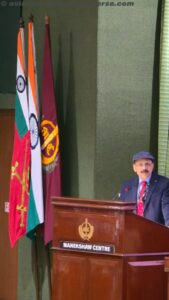 The DG CENJOWS viewed the current vulnerabilities not just as challenges, but as an inflection point for capability building. “If there is one silver lining to the increasing threat of drones, it is that it has awakened us to the need for self-reliance. It has given our industries the opportunity to innovate and deliver.” He commended the role of Indian start-ups and MSMEs in delivering agile solutions and encouraged policy support to fast-track their integration into the defence supply chain. “Innovation thrives when backed by operational feedback and government support,” he noted.
The DG CENJOWS viewed the current vulnerabilities not just as challenges, but as an inflection point for capability building. “If there is one silver lining to the increasing threat of drones, it is that it has awakened us to the need for self-reliance. It has given our industries the opportunity to innovate and deliver.” He commended the role of Indian start-ups and MSMEs in delivering agile solutions and encouraged policy support to fast-track their integration into the defence supply chain. “Innovation thrives when backed by operational feedback and government support,” he noted.
The seminar served as a timely reminder that the fight for air dominance now includes the lower skies. And in this new theatre, indigenisation is not just an option—it is a necessity. With the right synergy and speed, India can transform from being a technology consumer to becoming a global leader in UAV and C-UAS systems.
The Road Ahead
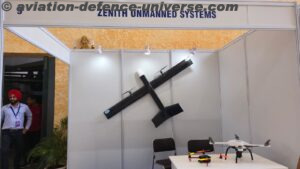 Concluding his address, Maj Gen Kumar called for time-bound action plans, user-trial based development, and creation of indigenous standards for UAV and C-UAS systems. “We must move from discussions to decisions. From prototypes to production. The future battlefield will not wait.” He reminded participants that wars are no longer fought only by traditional forces but are increasingly influenced by small systems with big impact. “Let us ensure that our soldiers, airmen, and sailors are never found wanting when facing threats from the sky—however small they may appear.”
Concluding his address, Maj Gen Kumar called for time-bound action plans, user-trial based development, and creation of indigenous standards for UAV and C-UAS systems. “We must move from discussions to decisions. From prototypes to production. The future battlefield will not wait.” He reminded participants that wars are no longer fought only by traditional forces but are increasingly influenced by small systems with big impact. “Let us ensure that our soldiers, airmen, and sailors are never found wanting when facing threats from the sky—however small they may appear.”




